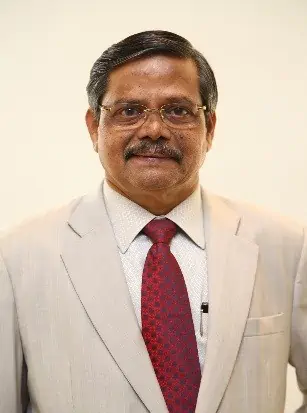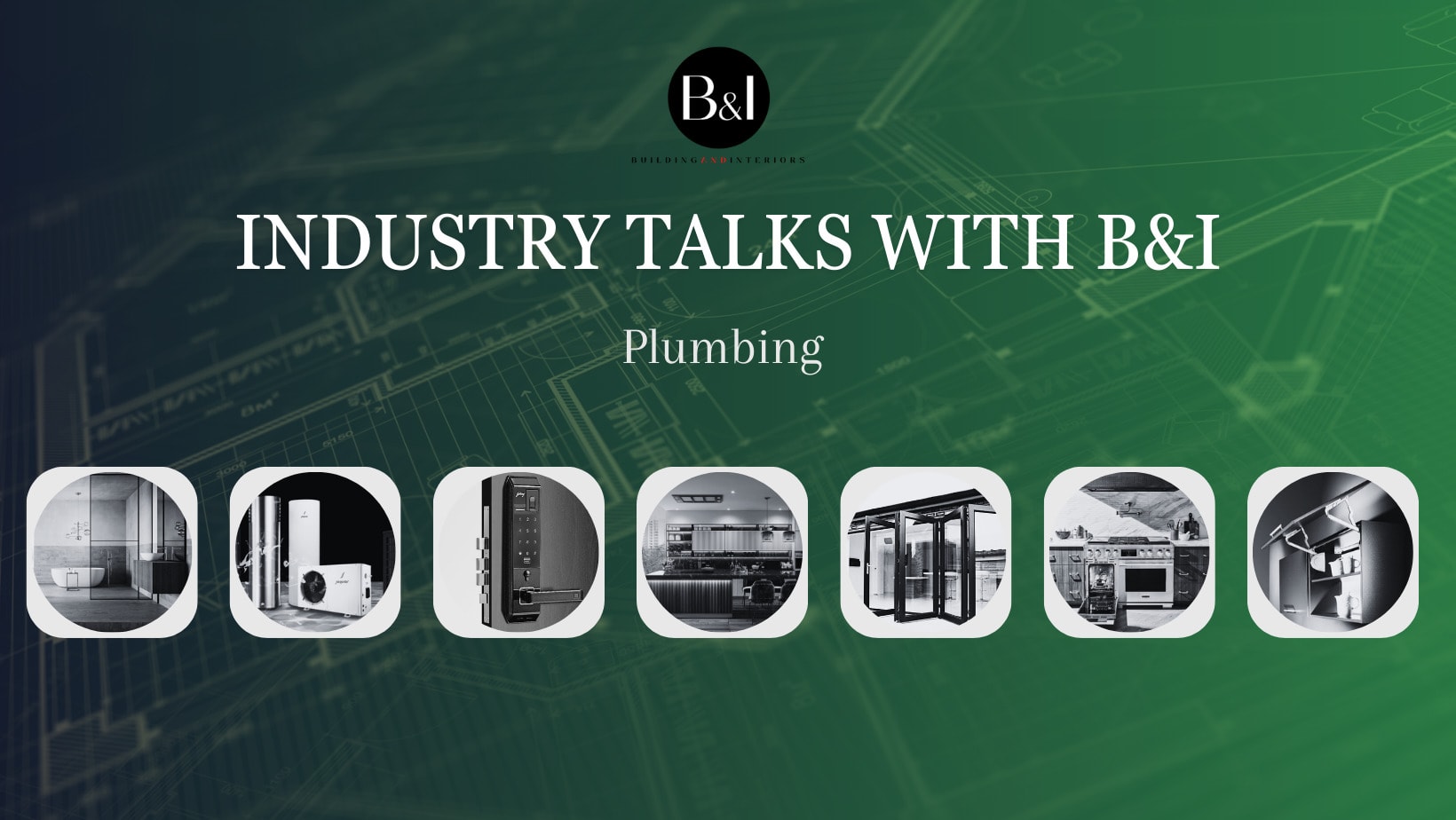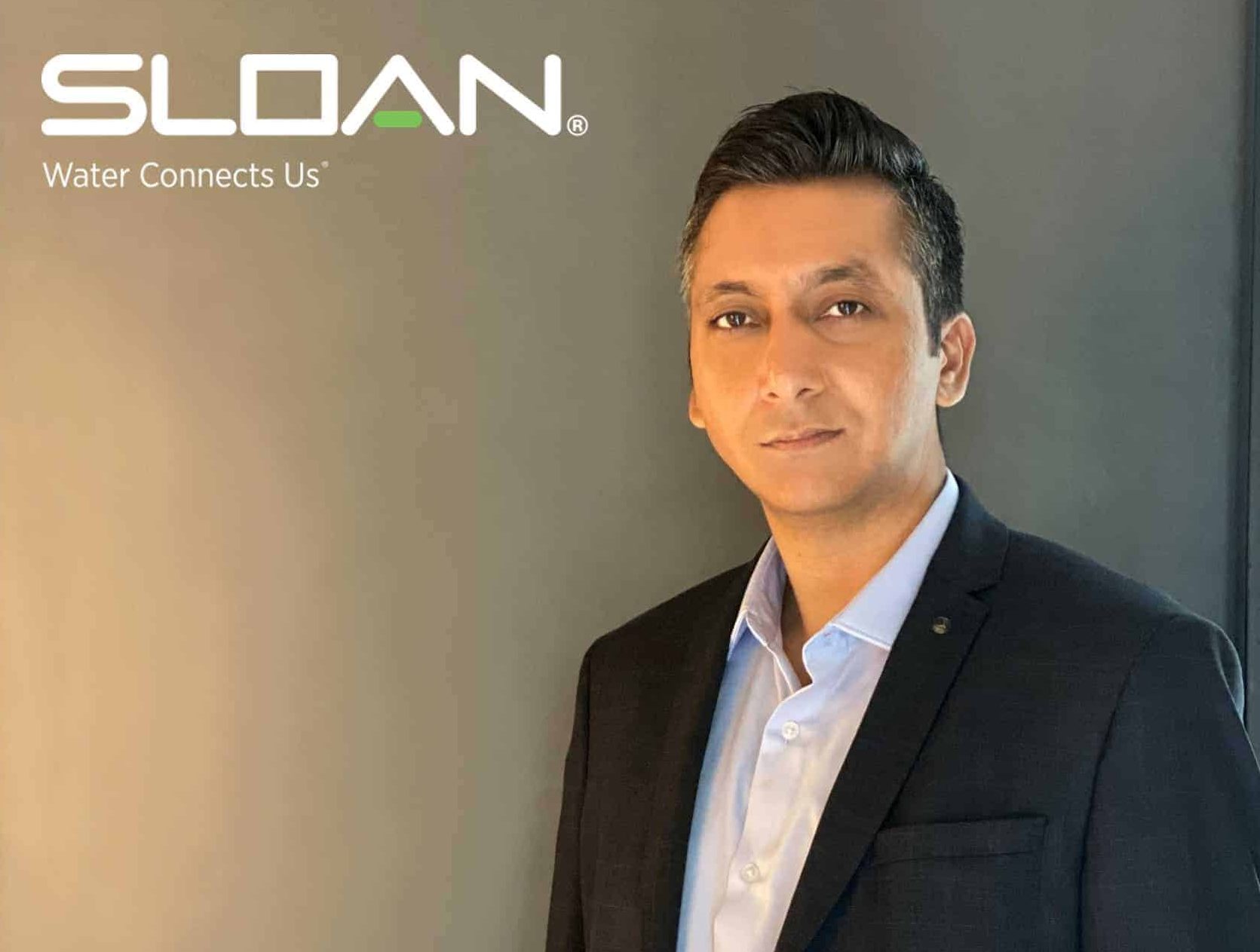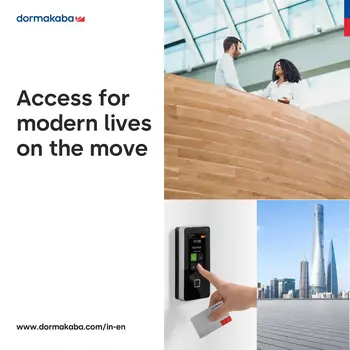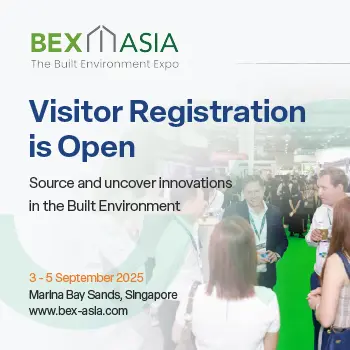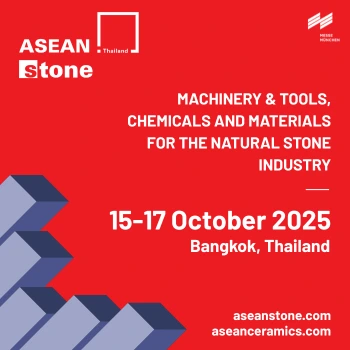Plumbing or Public Health Engineering (PHE) is more important today than it has been at any other time in human history. The scarcity of water and hygiene aspects highlighted by Covid19 pandemic have given us an opportunity to look at plumbing ever more closely. Buildingandinteriors.com in conversation with the man who has been at the centre of it all in India – Sudhakaran Nair, Managing Director, ESSENCO. He has been the President, Indian Plumbing Association (IPA) from 2006-2016 and Director & Chairman, World Plumbing Council from 2005-2016 – a 1st for an Asian.
B&I: You have remained involved with the plumbing industry your whole professional life. From the Indian perspective, what have been the major positive developments and what are the areas that still need attention?
Sudhakaran Nair: Yes, I studied Civil Engineering, but my entire career has been in the plumbing profession. It has been a long and rewarding journey of half a century.
The main difference now is that more and more young men are willing to opt for plumbing as a career. However, in the past, it was considered an ‘un-glamorous’ profession.
Plumbing is called ‘Public Health Engineering’. Does it not explain everything about the profession? This is the only trade among building services recognized by the WHO as having a direct impact on the health and safety of society. It is common knowledge that most communicable diseases are caused by a lack of clean potable water and safe sanitation. There is indeed improved awareness now, but we still have a long way to go.
B&I: Are there some plumbing practices that we can give to the world?
Sudhakaran Nair: There are three fundamental factors to be considered to achieve safe plumbing installations.
- A technically correct design based on modern codes and standards.
- A skilled and trained workforce.
- Modern and dependable products conforming to globally set current standards.
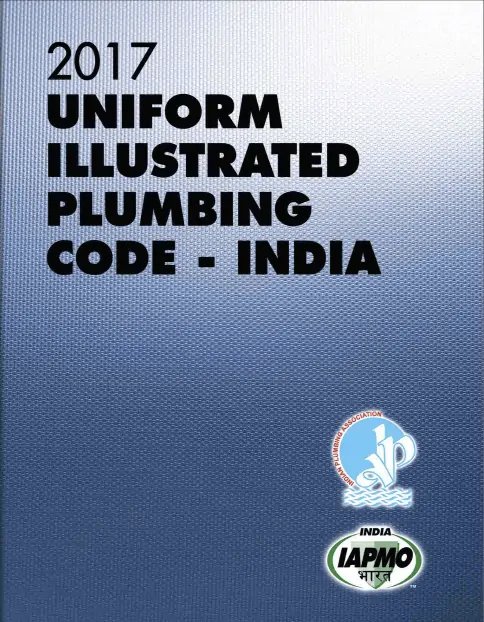
Over the past 15 to 20 years, we have been attempting incremental baby steps towards achieving these, but we are nowhere near the high standards prevailing in developed nations.
Through the efforts of the Indian Plumbing Association (IPA), India now has modern plumbing codes. The Uniform Illustrated Plumbing Code–India (UIPC-I)published in 2008 and updated every three years, is of current global standards. The developing nations in our neighbourhood can safely adopt UIPC-I with an arrangement with IPA.
B&I: In the wake of the pandemic, what changes do you feel will be witnessed in the plumbing industry across the world?
Sudhakaran Nair: There is nothing special to be done by the plumbing industry to address the crisis caused by the current pandemic. A sound plumbing system adhering to the factors mentioned under (2) above, will address all the safety aspects. Frequent hand washing, hygienic living premises etc are part of individual habits. As mentioned earlier, clean potable water and safe sanitation are prerequisites and must be basic human rights. Lack of these can not only cause diseases but can also spread them to the population.
In the developed world such as the US, Australia and European countries, strict plumbing standards are implemented by law. A plumber is considered a ‘Nation’s Health Worker’. In our case, all our codes and standards including the National Building Code; are only recommendatory – not mandatory.
B&I: How do you see skilling up in the Indian plumbing industry? What is being done and what can be done?
Sudhakaran Nair: This is probably the weakest link in our approach to improving plumbing standards. Traditionally, there has been little or no established system in our country for plumbing education. The few practising engineers and supervisors are created in the private sector consisting of consultants, contractors, manufacturers, etc. The blue-collar workmen are largely uneducated, started their careers probably as casual workers, and graduated as plumbers over the years through practical experience on construction sites.
For comparison, a prospective plumber in the US has to undergo vigorous theoretical and practical training for nearly five years to be licensed as a ‘Journeyman’. Thereafter, he must work with a licensed ‘Master Plumber for two years to qualify for practising independently in the industry. Plumbers are among the highest-paid professionals in the US.
The skilling initiatives started here by the NSDC about a decade earlier have ambitious targets but to my knowledge, are yet to achieve tangible results.
B&I: We see various materials in use – PPR, uPVC, CVPC, GI, Steel, etc. What is your take on the various materials? What is the material of the future?
Sudhakaran Nair: In addition to the ones listed by you, there are others like P.B., PEX, SS, Copper etc. either manufactured domestically or imported. Galvanized steel tubes are largely avoided by the organized sector due to inherent problems such as corrosion, scaling etc. Pipework is considered a ‘behind the wall’ element and therefore our building owners are reluctant to spend on expensive products. In reality, these elements are vital components to achieve durable and safe plumbing installations.
Due to factors of economy and availability, uPVC and CPVC products are the most popular choices for water distribution systems. Similarly, uPVC is widely used for drainage. Low-noise versions of uPVC and polypropylene drainage products are also now manufactured domestically. On our large projects, dual piping is usually provided for potable and non-potable (alternative) water distribution systems. It is advisable to use CPVC for domestic cold and hot water and uPVC for flushing water. Pipes of different appearance can prevent hazards caused by inadvertent cross-connections between potable and non-potable water systems.
B&I: The Architect –MEP Consultant – Customer interface. What are the points of improvement in this ecosystem?
Sudhakaran Nair: The architect is the leader of the construction team on a project. Unfortunately, their education hardly covers the nuances of plumbing systems. Unlike in the past, many of them now recognize that improper plumbing installations can ruin all their good work as many have learned from bitter experiences. One has to get the plumbing installations right the first time. A faulty installation can be unforgiving and costly to rectify.
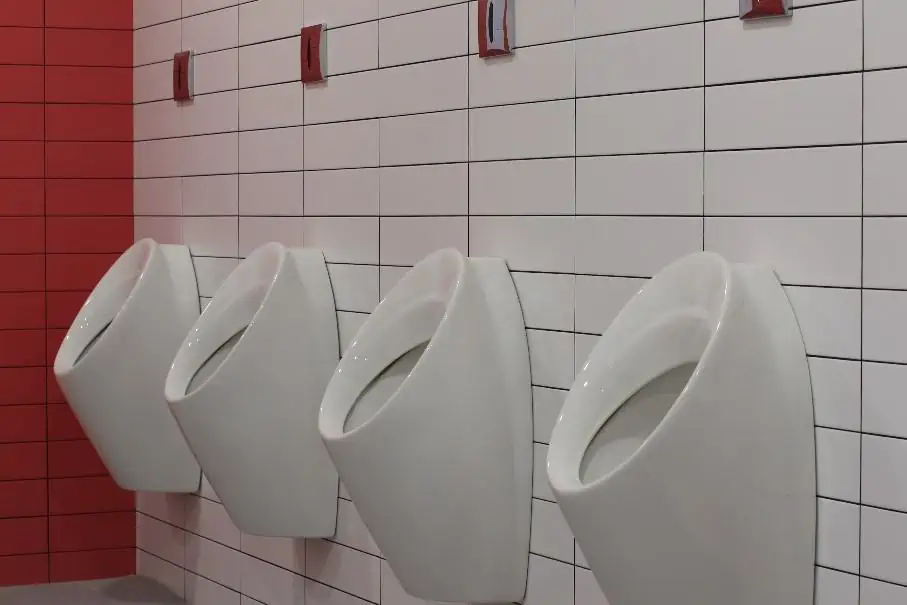
Most large projects these days have interior designers selecting the washroom fixtures. As these are of aesthetic relevance (the ‘front of the wall fixtures’), the building owner is willing to spend on them rather lavishly. Several renowned overseas products are available in the domestic market, to choose from. The plumbing consultant or contractor is never part of the decision-making process whereas the pipework to serve the fixtures is designed and installed by them.
Piping is installed during the early stages of the project whereas the washroom fixtures are brought in at the final stages. Piping for a shower may have been designed for a discharge of 10 LPM as per plumbing codes whereas the one selected may throw 25 LPM! The result is imaginable.
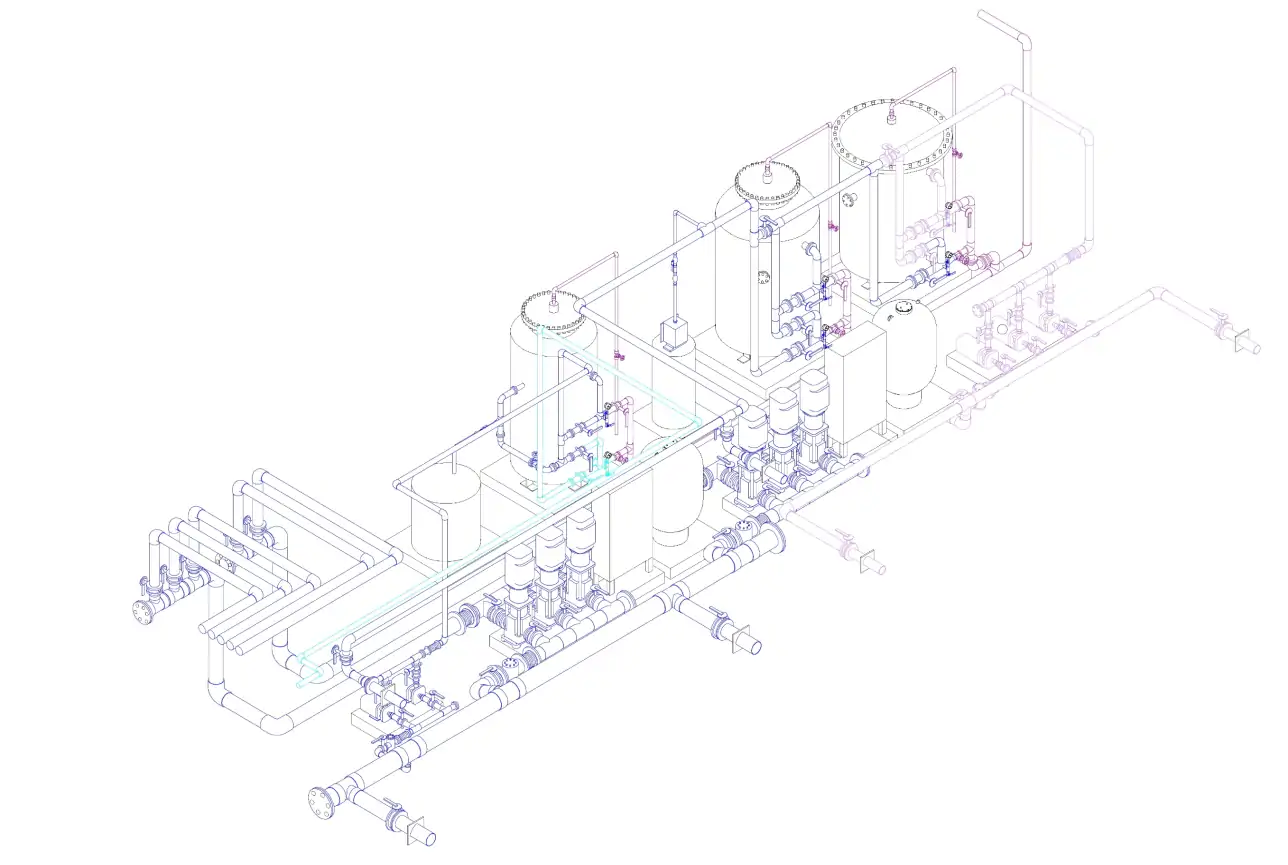
Flow rates of plumbing fixtures are mandated by law in developed nations. High-flow fixtures are often dumped in our country by global manufacturers as they cannot sell them in their own countries!
Our plumbing codes (published by IPA) have all the modern guidelines for water conservation, but these recommendations are only worth the paper they are printed on as our codes are only recommendatory. Operators of our luxury hotels point to ‘guest comfort’ and veto any attempts to recommend water-conserving fixtures.
These are issues that can be easily addressed if all the professionals involved in the project work as one team, recognizing and respecting each one’s field of expertise.
B&I: There are many world-class suppliers (in the MEP domain) in the Indian market today. What do you think they are doing right and what more they can do for better project dynamics?
Sudhakaran Nair: I think part of this question is already answered in my earlier responses. The overseas manufacturers with a presence in India are largely selling high-end washroom fixtures. We need more manufacturers of global repute for the ‘back of the wall’ products such as modern and economical pipes, fittings, equipment, accessories, appurtenances, etc.
During the past decade or two, many renowned international firms have entered our construction industry in the fields of architecture, interior design, landscaping, project management etc. They all have contributed immensely towards a more modern approach. Strangely, no overseas plumbing consultant or contractor has established practice here!
Industry Talks with B&I – Plumbing Fittings Market in India
Plumbing is a crucial aspect of modern infrastructure that plays a fundamental role in ensuring the safe and efficient distri


